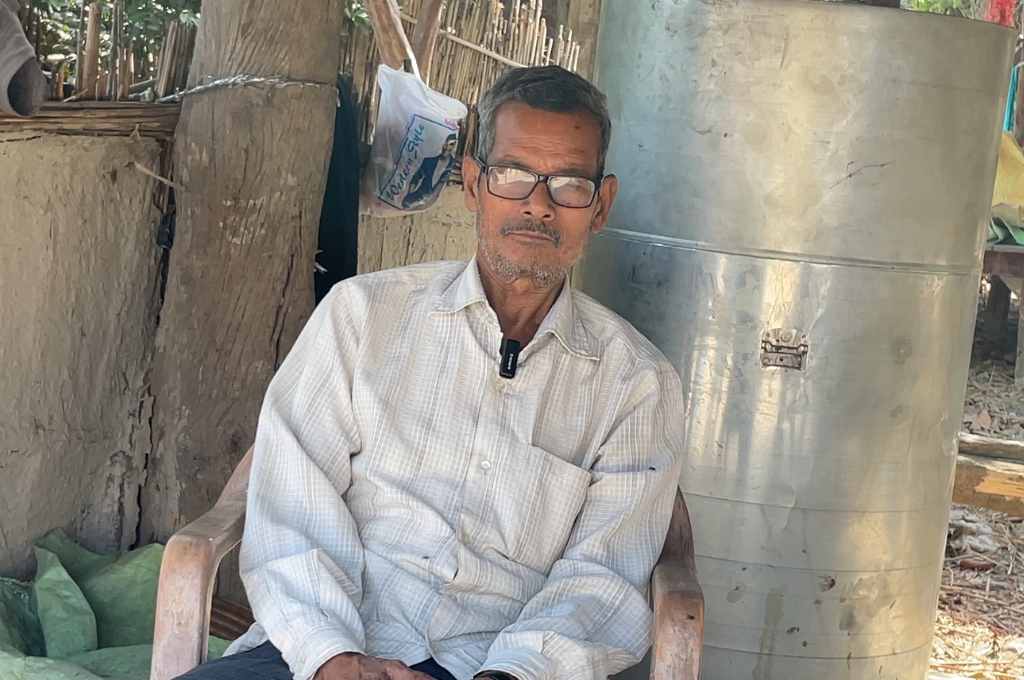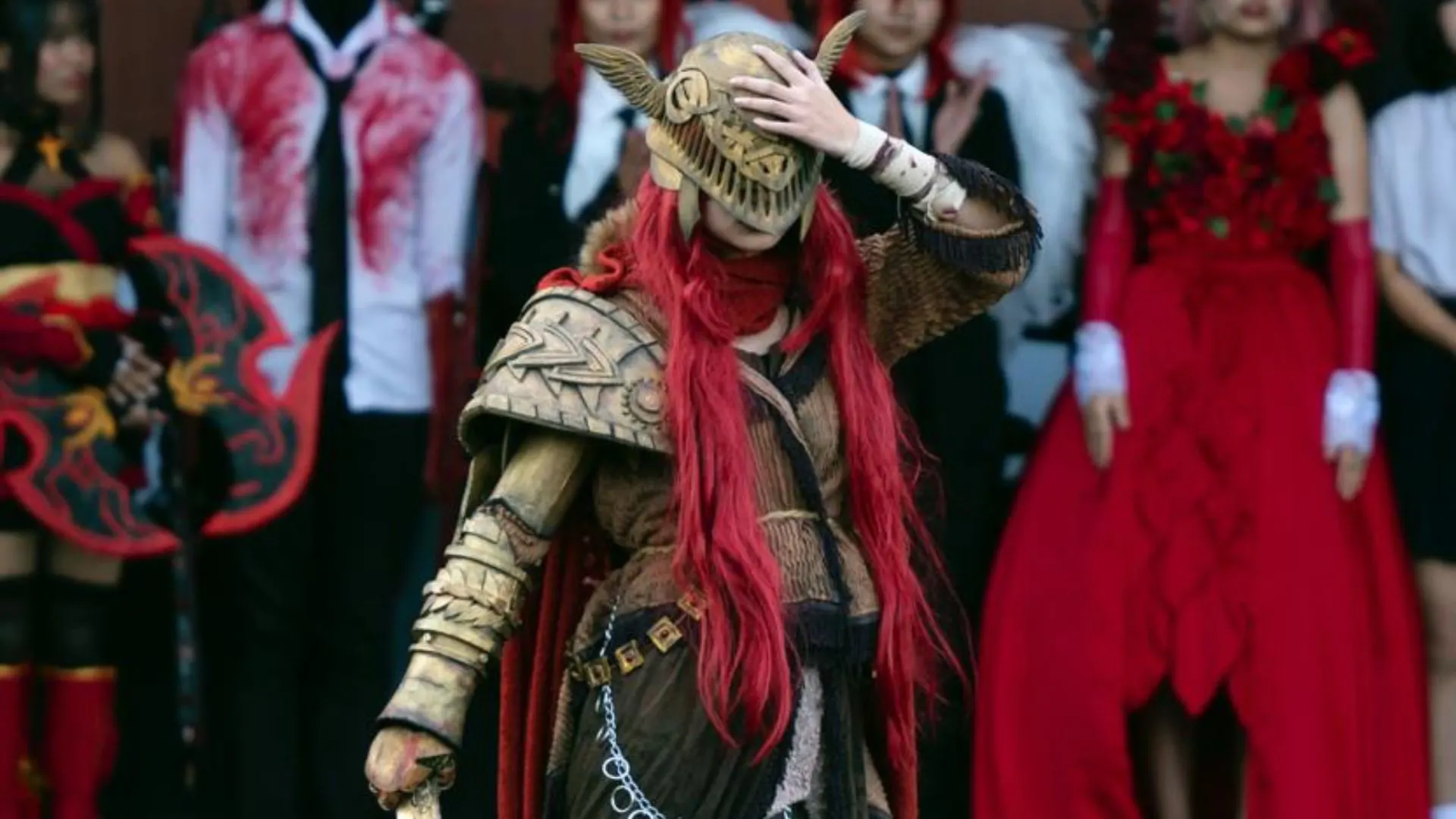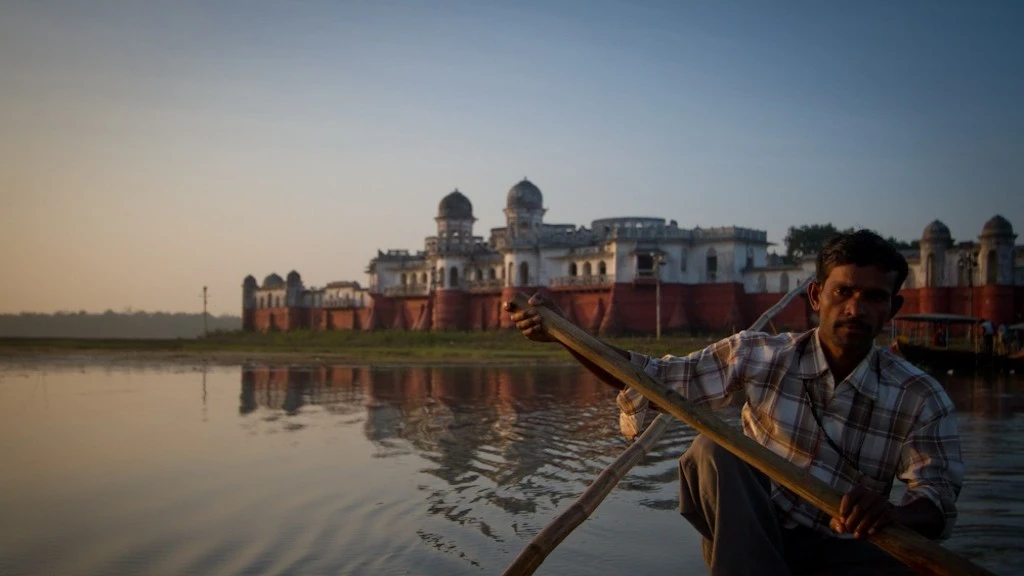The Dudhwa National Park was established in the heavily forested Lakhimpur Kheri district of Uttar Pradesh in 1977. And since then, the Tharu Adivasis have been fighting against eviction notices, which order them to empty their villages, and the forest department, which limits their access to forest resources such as medicinal herbs, wild grass, and wood from fallen trees.
As of 2024, the Tharu Adivasis’ resistance movement has entered its fifth decade. In this period, it has gone through many transformations. The Tharus have fought court cases and lost; organised under national forums such as National Forum for Forest People and Forest Workers; and eventually formed the Tharu Adivasi Mahila Mazdoor Kisan Manch, a people’s movement, through which they are continuing their struggle. Apart from the non-violent protests and agitations that have been common since the early days of the movement, the people also learned to make use of legal tools such as the Forest Rights Act (FRA), 2006, to demand community forest rights. The younger generation of Tharus now openly ask for the rights that are guaranteed to them as Indian citizens by the Constitution.
The resistance has become a tradition—passed on from one generation to the next. How did the older generation inspire young people to pick up the baton? What did young minds bring to the movement? And what have the two generations learned from each other? IDR spoke to Ramchandra, a 65-year-old activist who took the forest department to court, and Sahvaniya Rana, who is in her late twenties, has a degree in social work, and learned the ropes by accompanying her father to meetings and protests.

—
Know more
- Read this article to learn what it takes to secure forest rights under FRA.
- Read this article to learn more about Tharu women’s struggle in Uttar Pradesh’s Lakhimpur Kheri district.






